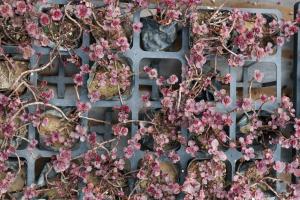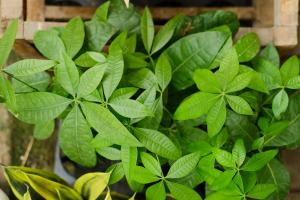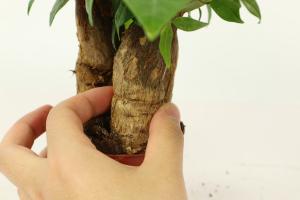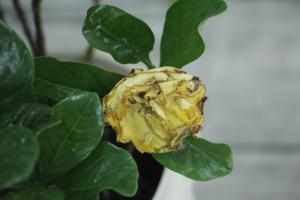1、 Curing method
1. Soil: Ulmus pumila has low requirements for soil. It can grow in acidic, alkaline and neutral soil. Bonsai cultivation requires loose and fertile neutral soil, which is beneficial to its growth
2. Light: Ulmus pumila needs a long time of light. Potted plants can be placed indoors in the sun, and they are very sun resistant, even if they are exposed to strong light

3. Watering: Ulmus pumila prefers a humid environment, so watering should be frequent. Generally, it should be watered 1-2 times a day in summer, once a day in spring and autumn, and once twice a day in winter. In addition, you can spray water on the leaves every day to moisturize them
4. Fertilization: the growth period of Ulmus pumila is from April to October, which requires sufficient nutrients. Generally, fertilizer should be applied every 15 days, and organic fertilizer rich in nitrogen, phosphorus and potassium should be selected

2、 Reproductive skills
The seeds of Ulmus pumila are not easy to obtain. They are usually propagated by cutting, and the survival rate is between 20% - 40%. Select 1-2-year-old branches, with a length of about 7-8 cm. Apply and soak indole butyric acid at the bottom of the branch to promote its rooting, and then wash it with clean water. Select the soil with good drainage and air permeability as the matrix, insert the cuttings into the matrix, water it and put it in the sunny place. It is necessary to spray water around frequently to maintain high humidity

3、 Pest control
1. Diseases: the common diseases are root rot and branch witches' broom. Root rot can lead to yellowing and falling off of leaves and withering of branches. It is necessary to take out the plants and trim the damaged roots, apply disinfectant, and replant. Witches' broom mainly harms Xinshao and leaves. The diseased leaves need to be cut off and burned, and then sprayed with stone sulfur mixture
2. Insect pests: there are many insect pests. Scale insects, longicorn beetles and stickleback moths are harmful to Ulmus pumila, which can be sprayed with dichlorvos

 jackfruit
jackfruit snake plant
snake plant hibiscus
hibiscus hydrangea
hydrangea lavender
lavender Green roses climb al...
Green roses climb al... If you don't pay att...
If you don't pay att... Management of four g...
Management of four g...



































